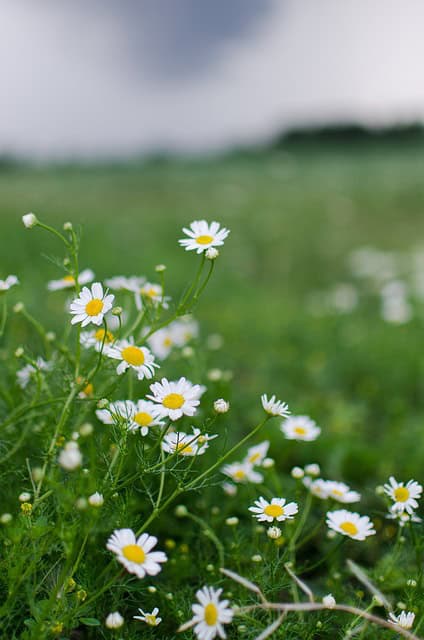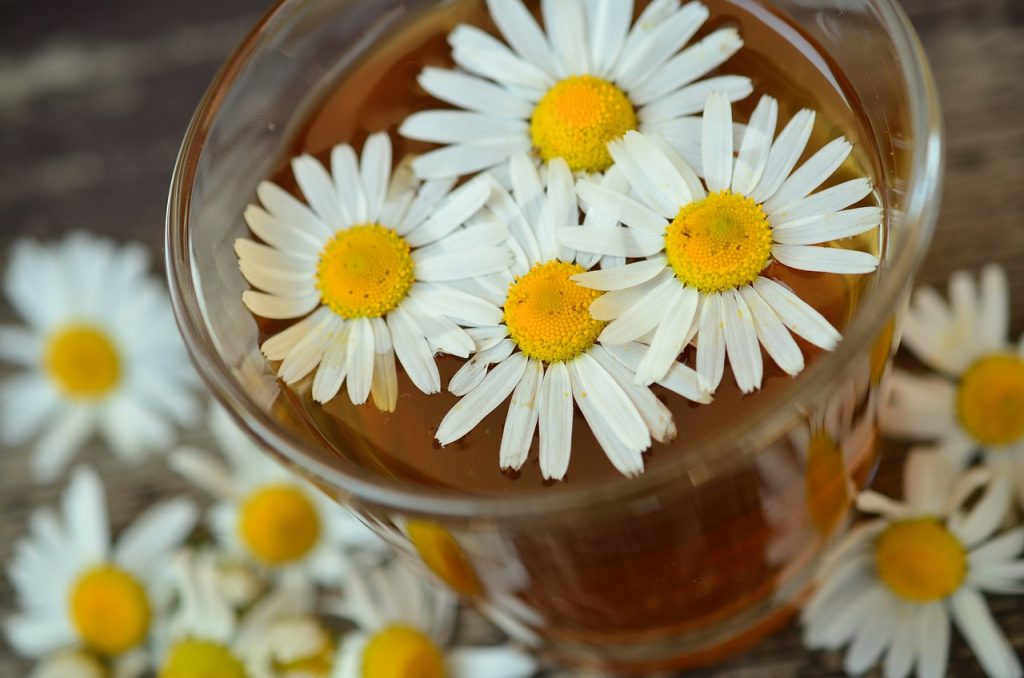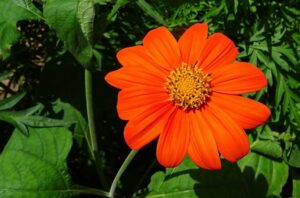This page provides practical information on how to successfully harvest chamomile, sharing tips and secrets along the way.
When to Harvest Chamomile
Timing can significantly affect the quality of your chamomile. The best time to harvest chamomile is when the flowers are in full bloom but before they begin to wilt. Typically, this occurs in late spring to early summer, depending on your climate.
Signs It’s Time to Harvest:
Flowers Opened: The white petals should be fully opened, showcasing a bright yellow center.
Good Weather: Aim to harvest on a dry day, ideally in the morning after the dew has evaporated but before the sun’s full intensity.
How to Harvest Chamomile
Harvesting chamomile is a straightforward process. Here’s a step-by-step guide:
1. Gather Your Tools
Harvesting Shears: A pair of clean, sharp shears or scissors will help prevent damage to the plant.
Basket or Container: Use a breathable container to collect your chamomile flowers, which will help prevent moisture accumulation.
2. Cut the Flowers
Trim with Care: Cut the flowers as close to the stem as possible, using your shears. Be gentle; avoid pulling on the stems, as this can damage the plant.
Only Harvest 1/3 of the Plant: To ensure the health of your chamomile, only take about one-third of the flowers. This encourages continued growth and blooming.
3. Harvesting Technique
Pick in Batches: Rather than harvesting every single flower at once, pick flowers in small batches to make the process manageable and less overwhelming.
Morning Harvest: This is the best time, as the oils and aromas are most potent before the sun’s heat releases them.
Drying Chamomile
Once harvested, drying your chamomile is essential to preserve its flavor and benefits. Here’s how:
Air Drying
Prepare the Flowers: Remove any leaves or debris. Spread the flowers in a single layer on a clean, dry surface such as a tray or screen.
Choose a Dry Spot: Place them in a dark, well-ventilated area away from direct sunlight to prevent fading.
Check for Dryness: After a few days to a week, your chamomile should be crispy and dry to the touch.
Storing Dried Chamomile
Store your dried chamomile in airtight glass jars or zipped bags. Keep them in a cool, dark place, and properly stored chamomile can last for up to a year.
How to Use Harvested Chamomile
Now that you’ve successfully harvested and dried your chamomile, you’re ready to enjoy its benefits!
Chamomile Tea: Simply steep the dried flowers in boiling water for 5-10 minutes. Add honey or lemon to taste.
Chamomile Infused Oil: Create a soothing oil by infusing chamomile flowers in a carrier oil, perfect for massages or skincare.
Potpourri: Add dried chamomile flowers to homemade potpourri for a fragrant, calming aroma in your home.
What is Chamomile?

Chamomile, particularly the German variety (Matricaria chamomilla) and the Roman variety (Chamaemelum nobile), is known for its delicate white flowers and sweet, apple-like scent. It has been cherished for centuries for its calming properties, making it a popular choice for herbal teas and natural remedies.
Why Grow Chamomile?
Health Benefits: Chamomile is widely recognized for its anti-inflammatory, antioxidant, and calming properties. Drinking chamomile tea can help with sleep issues, digestion, and stress relief.
Aesthetics: Chamomile brings a touch of beauty to any garden. Its delicate flowers and pleasant aroma can add a serene atmosphere to your space.
Sustainability: Growing your own chamomile allows you to control the quality of what you’re consuming, free from pesticides and additives.
Conclusion
Harvesting chamomile is a rewarding experience that connects you with nature while providing numerous health benefits. With a bit of knowledge and some careful steps, you can enjoy the beauty and tranquility of this lovely flower in your own home. Whether you’re looking to enhance your wellness routine, beautify your garden, or simply enjoy the process, chamomile is a wonderful and versatile plant to cultivate.






